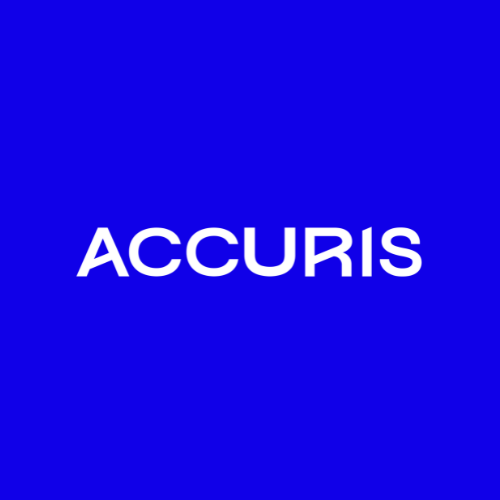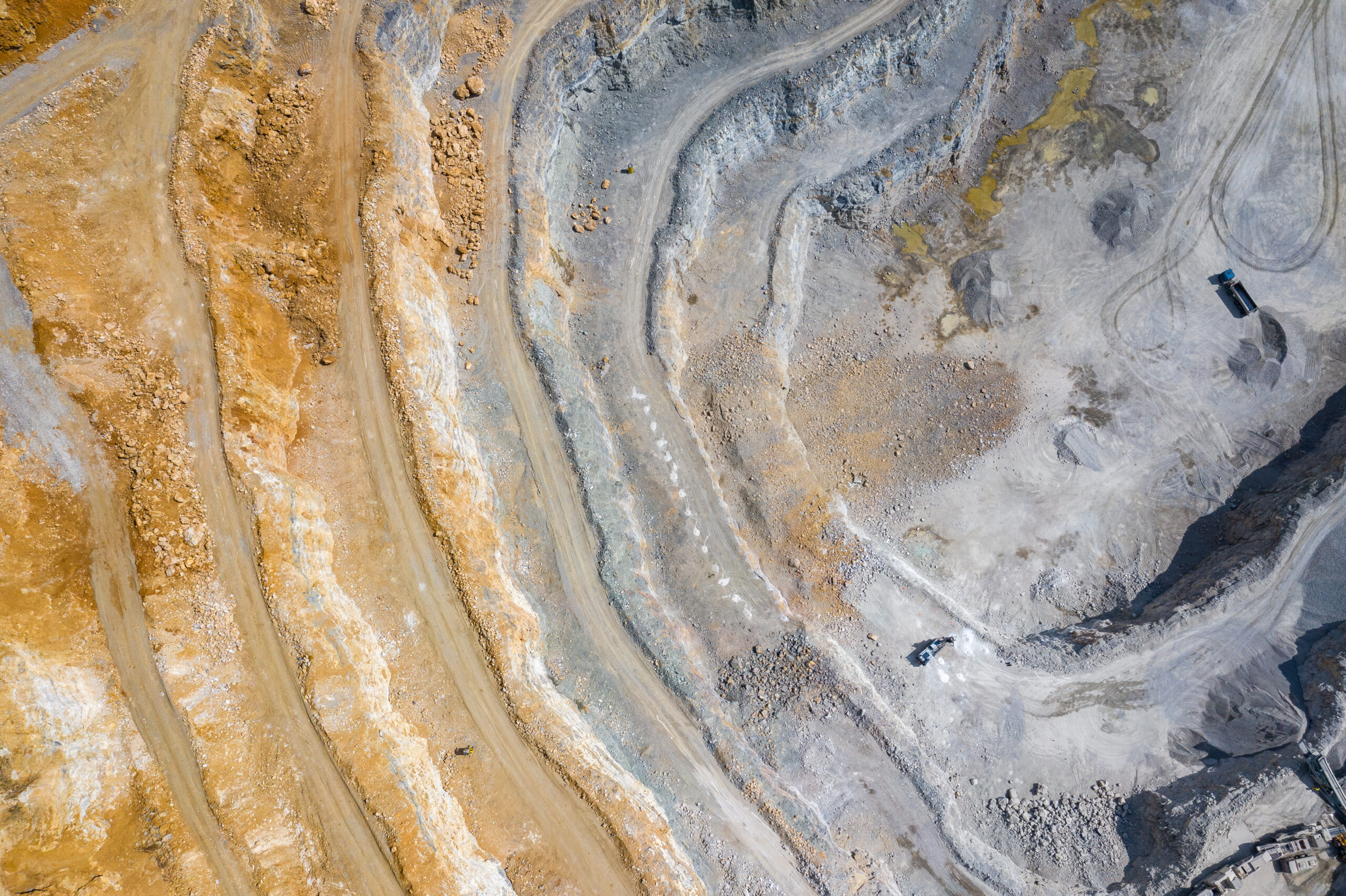Some mineral-rich regions in the world are politically unstable and impoverished. This combination presents an increased risk for human rights abuses. In these regions, mineral extraction and processing is often a product of forced labor and may be used to fund illegal activities and armed militia. Due to these local conditions, minerals mined in these regions are commonly referred to as conflict minerals (CMs) and include Tin, Tungsten, Tantalum, Gold, Cobalt, Mica, and others.
It is important to note that “conflict minerals” may be used as a generic term or in conjunction with specific government regulations where the definition of conflict minerals is specific. The U.S. Dodd-Frank Wall Street Reform and Consumer Protection Act of 2010 and resulting SEC rules (Securities and Exchange Commission) refer to the following conflict minerals and metals respectively:
- Cassiterite refined to Tin
- Columbite-tantalite refined to Tantalum
- Wolframite refined to Tungsten
- Gold ore refined to Gold
These metals are commonly used in electronic components. Indeed, if you manufacturer products containing electronic components you almost certainly use conflict minerals. Remember, Tin, Tantalum, Tungsten, and Gold are “conflict minerals” by SEC definition—regardless of where the specific metal you use is from.
Both the US and EU have regulations around conflict minerals and often refer to them as “3TG” (Tantalum, Tin, Tungsten, and Gold). Other non-government organizations concerned about responsible sourcing have tools for working with 3TG as well as Cobalt and Mica, and most any metal of concern. This includes the Responsible Mineral Initiative (RMI) who provides tools to share conflict mineral information in the supply chain and coordinates an audit function. It also includes the OECD who publishes a process document on responsible sourcing from Conflict and High-Risk Areas (CAHRAs). Tools and content from both organizations are foundational in most companies Conflict Mineral programs.
The U.S. regulation specifically targets the Democratic Republic of the Congo (DRC) and adjoining countries which includes:
| Angola | Rwanda |
| Burundi | Tanzania |
| Central African Republic | Uganda |
| The Republic of the Congo | South Sudan |
Human rights abuses are most likely to occur early in the upstream supply where the conflict minerals are being mined and transported to smelter or refiners for processing. The downstream manufacturers, end users, and customers are often unaware of the origin of the raw minerals, how they were obtained and the conditions in which they were mined and processed.
The US Conflict Mineral regulation seeks to provide visibility into this early supply chain so manufacturers can make more responsible sourcing decisions, discourage abuses, and reduce risk that affect many different entities in the supply chain. The risks associated with conflict mineral trade include:
- Serious human rights abuses (forced labor, human trafficking, etc.)
- Funding and support of armed groups
- Money laundering
- Bribery and fraud
- Non-payment of dues
- Tax evasion
- Abuses by security contractors
- Reputational damage to entities throughout the supply chain including the downstream supply chain
Product manufacturers implement conflict mineral programs—either because they are directly affected by SEC reporting obligations, or they developed corporate conflict minerals policy—or they are indirectly affected by the requirements of their customers. Companies implementing these programs will usually base it on the OECD five-step program for responsible sourcing. (More on this in a future blog.) They will also lean on RMI’s work in the early mineral supply chain.
RMI coordinates a chain of custody program (RMAP-the Responsible Minerals Assurance Process) that includes a third-party audit function. This process covers the early supply chain from mining through the smelter or refining process and helps companies make responsible sourcing decisions which can be backed-up with a chain of custody.
Here, the smelter is seen as a control point with the RMAP program handling the early supply chain through smelter and then RMI’s CMRT (conflict mineral reporting template) being used to share information amongst entities in the post smelter supply chain.
Though they may be unaware, all actors in CM supply chains are at risk of contributing to the adverse impacts of the mineral trade. Inadequate due diligence is the main enabler of the upstream risks associated with conflict minerals.
Government regulations, consumer actions, and product manufacturer due diligence/follow through are becoming the major influences in reducing social/human rights abuses in CM supply chains. With the proper due diligence during sourcing, a product manufacturer has power to reduce human rights abuses in the supply chain.
A main requirement for U.S. SEC reporting is preforming a Reasonable Country of Origin Inquiry (RCOI), exercising due diligence with supply, reporting, and detailing efforts for determining the country of origin of 3TG. Most manufacturers deploy a system such as Accuris’ Conflict Mineral Platform to tackle the complexities and nuances of these CM tasks.

The CMRT (MS Excel-based conflict mineral report template) from RMI is used to share information between actors in the supply chains are not to be confused with the CMR (conflict mineral report document) used to report annually to the U.S. SEC in the US. The due date for reporting year (RY) 2023 for entities required to report is May 30, 2024. Details regarding SEC reporting, analysis on past reporting information, and details regarding CM due diligence will be covered in future blogs.

